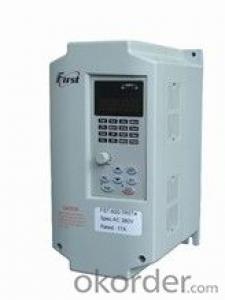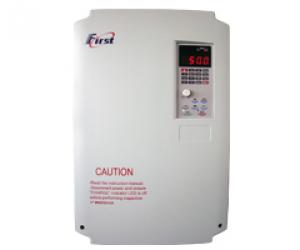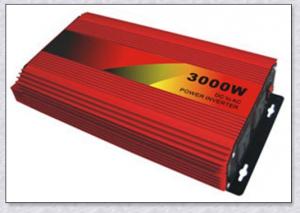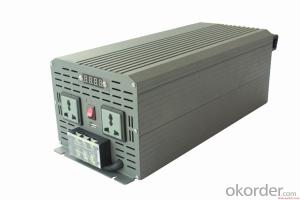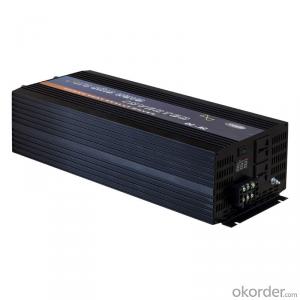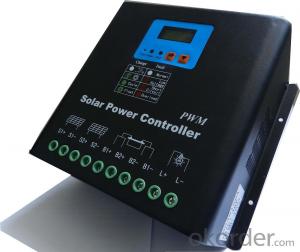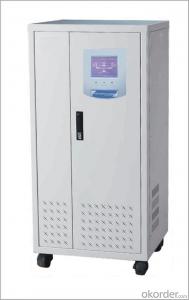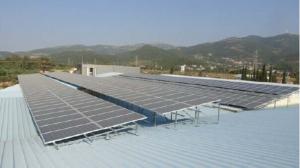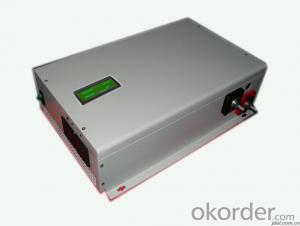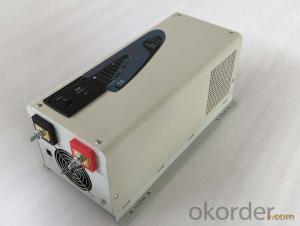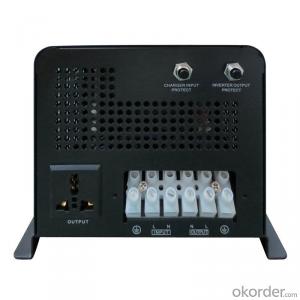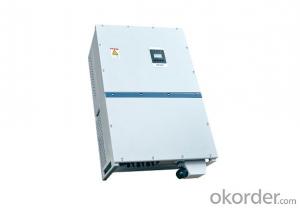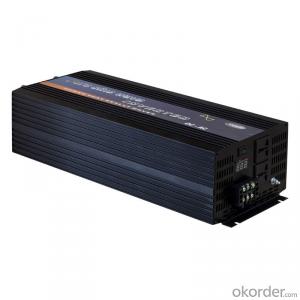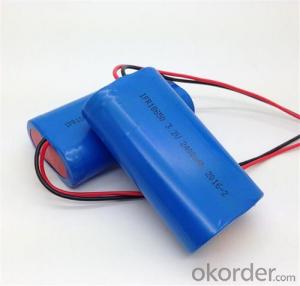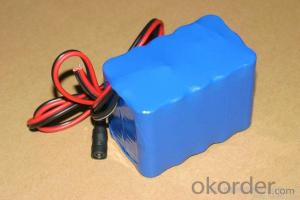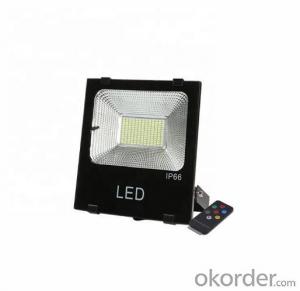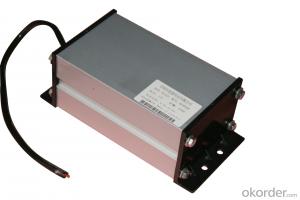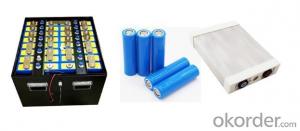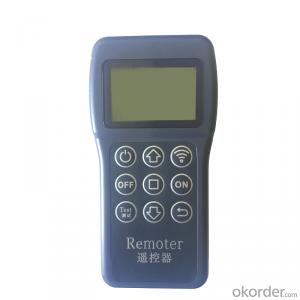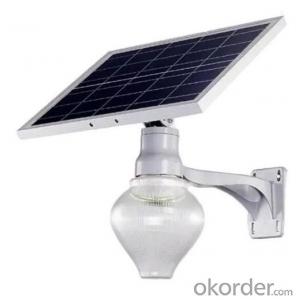Cost Of Solar Edge Inverter
Cost Of Solar Edge Inverter Related Searches
Solar Edge Inverter Cost Solar Edge Inverter Price Cost Of Solar Inverter Cost Of Solar Power Inverter Solar Inverter Cost Cost Solar Inverter Solar Energy Inverter Price Solar System Inverter Cost Price Of Solar Inverter Buy Solar Edge Inverter Solar Electric Inverter Price Solar Power Inverter Cost Solar Edge Inverter Solar Panel Inverter Cost Solar Inverter Price Cost To Replace Solar Inverter Solar Edge Inverter Efficiency Inverter For Solar Panels Cost Solar Edge Inverter Specs Solar Panels Inverter Cost Solar Inverter Cost For Home Solar System Inverter Price Solar Edge Inverter For Sale Solar Cell Inverter Price Solar Power Inverter Price Solar Battery Inverter Price Solar Panel Inverter Price Solar Inverter Prices Solar Grid Inverter Price Solar Inverter Charger PriceCost Of Solar Edge Inverter Supplier & Manufacturer from China
Solar Edge Inverter is a high-quality solar energy product that plays a crucial role in converting solar energy into usable electricity. This advanced inverter system is designed to optimize the performance of solar panels, ensuring maximum energy output and efficiency. The product is widely recognized for its innovative technology, which includes real-time monitoring and control capabilities, making it an ideal choice for both residential and commercial solar energy systems.The application and usage scenarios for Cost Of Solar Edge Inverter are vast, as it caters to a variety of solar energy needs. It is commonly used in rooftop solar installations, where it helps to maximize the energy yield from solar panels by managing power fluctuations and reducing energy loss. Additionally, it is employed in large-scale solar farms and grid-tied systems, where its advanced features contribute to the overall efficiency and reliability of the solar energy infrastructure. The inverter's ability to handle different solar panel configurations and its compatibility with various solar panel brands make it a versatile option for a wide range of solar energy projects.
Okorder.com is a reputable wholesale supplier of Cost Of Solar Edge Inverter, offering a large inventory of this cutting-edge product. As a leading online platform, Okorder.com ensures that customers have access to a wide range of solar edge inverters at competitive prices. The company's commitment to quality and customer satisfaction has made it a trusted source for solar energy products, providing businesses and individuals with the tools they need to harness the power of the sun efficiently and cost-effectively.
Hot Products



